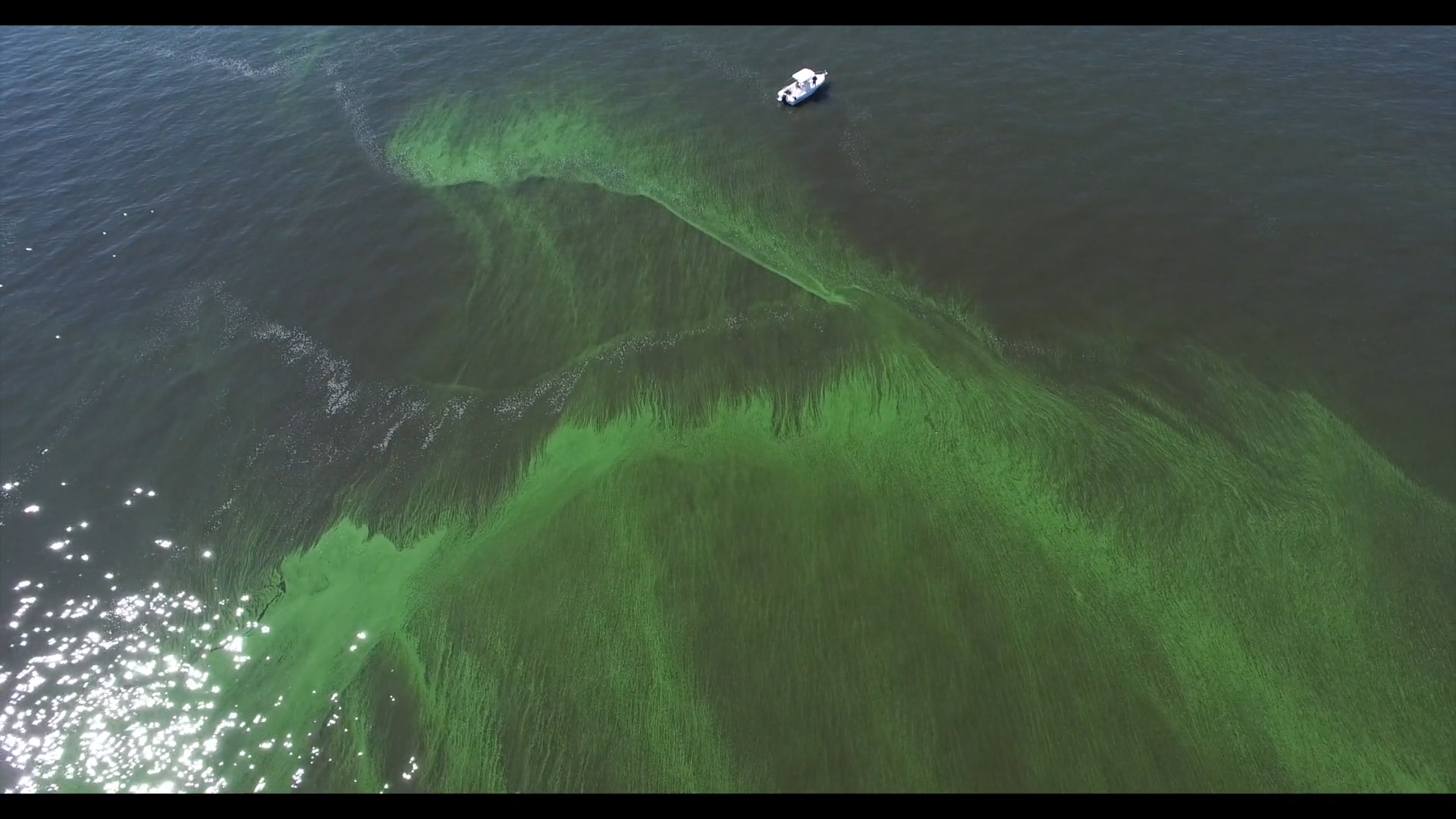Prevention, Control, and Mitigation of HABs (PCMHAB)
NCCOS projects identify and evaluate a range of methods to prevent, control or mitigate blooms of harmful algae in ways that are safe for the environment.
After more than 10 years of research, NCCOS HAB programs like ECOHAB and MERHAB have produced methods and strategies to improve HAB management and response. The PCMHAB program funds research to move promising technologies for preventing, controlling, or mitigating HABs and their impacts through development, to demonstration, and, finally application, culminating in wide spread use in the field by end-users.
The program also funds socioeconomic research to assess impacts of HAB events on coastal economies and societies, and the costs and benefits of mitigation strategies to aid managers in devising cost-effective management strategies.
PCMHAB is authorized as a national competitive research program within NOAA under the Harmful Algal Bloom and Hypoxia Research and Control Act (HABHRCA) 1998, 2004, 2014. Federal Funding Opportunity announcements for PCMHAB, as well as NCCOS's other national competitive HAB programs (MERHAB and ECOHAB), will be published on Grants.gov. For more information contact Felix Martinez, the ECOHAB Coordinator, at Felix.Martinez@noaa.gov or 301-237-5414.
Benefits to the public include healthier fisheries and ecosystems, fewer impacts of blooms on humans and the environment, reductions in nuisance or harmful algae and decreased costs for states, tribes, and local governments in monitoring and managing HABs and their impacts.
Field projects to develop methods of controlling HABs must comply with guidelines developed through the National Environmental Policy Act (NEPA). A Programmatic Environmental Assessment (PEA) lays out the types of field research and demonstration projects that can be conducted through the PCMHAB program for the next five years. The PEA also describes limitations, monitoring, and requirements associated with field demonstration.
 Official websites use .gov
A .gov website belongs to an official government organization in the United States.
Official websites use .gov
A .gov website belongs to an official government organization in the United States. Secure .gov websites use HTTPS
A lock or https:// means you’ve safely connected to the .gov website. Share sensitive information only on official, secure websites.
Secure .gov websites use HTTPS
A lock or https:// means you’ve safely connected to the .gov website. Share sensitive information only on official, secure websites.